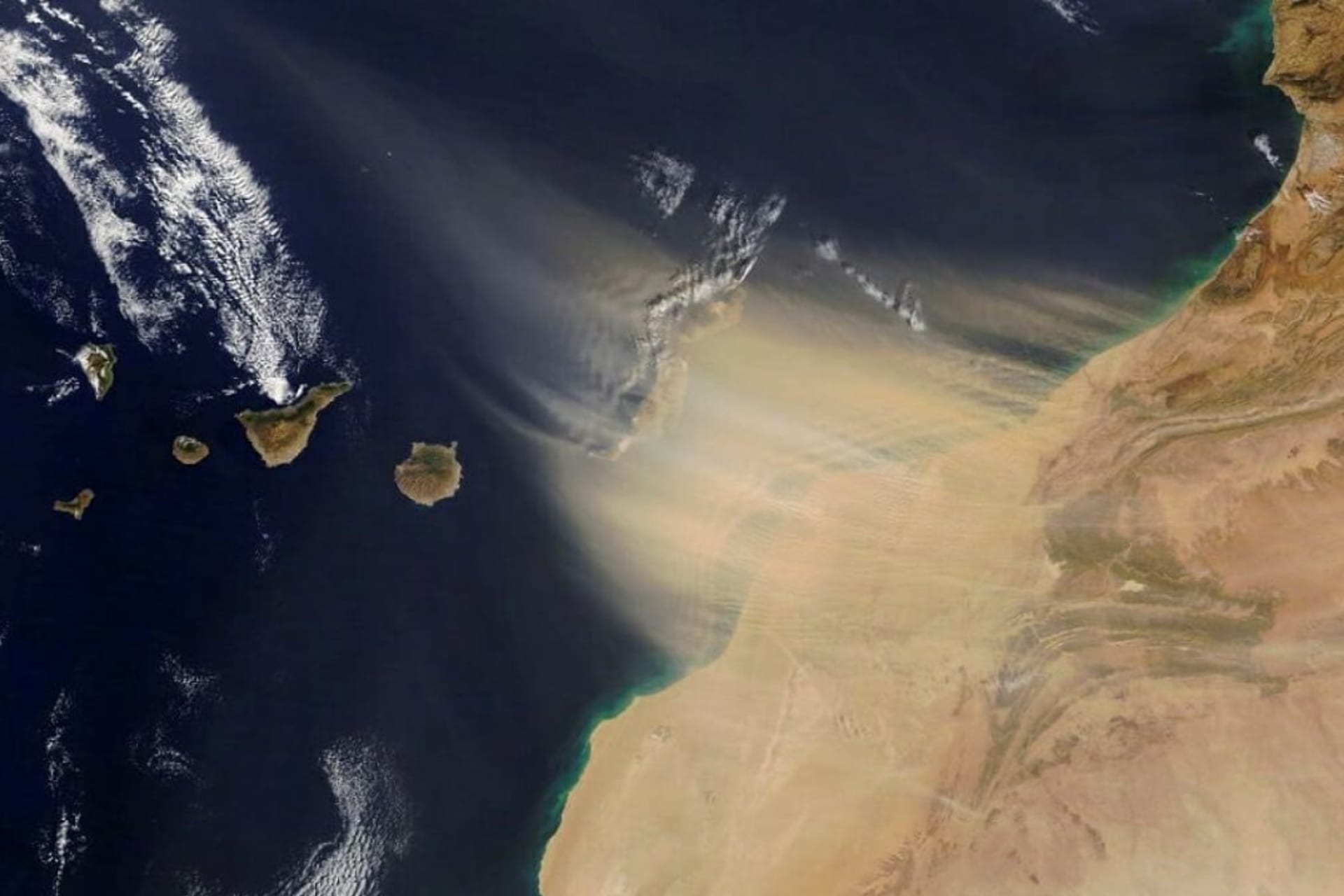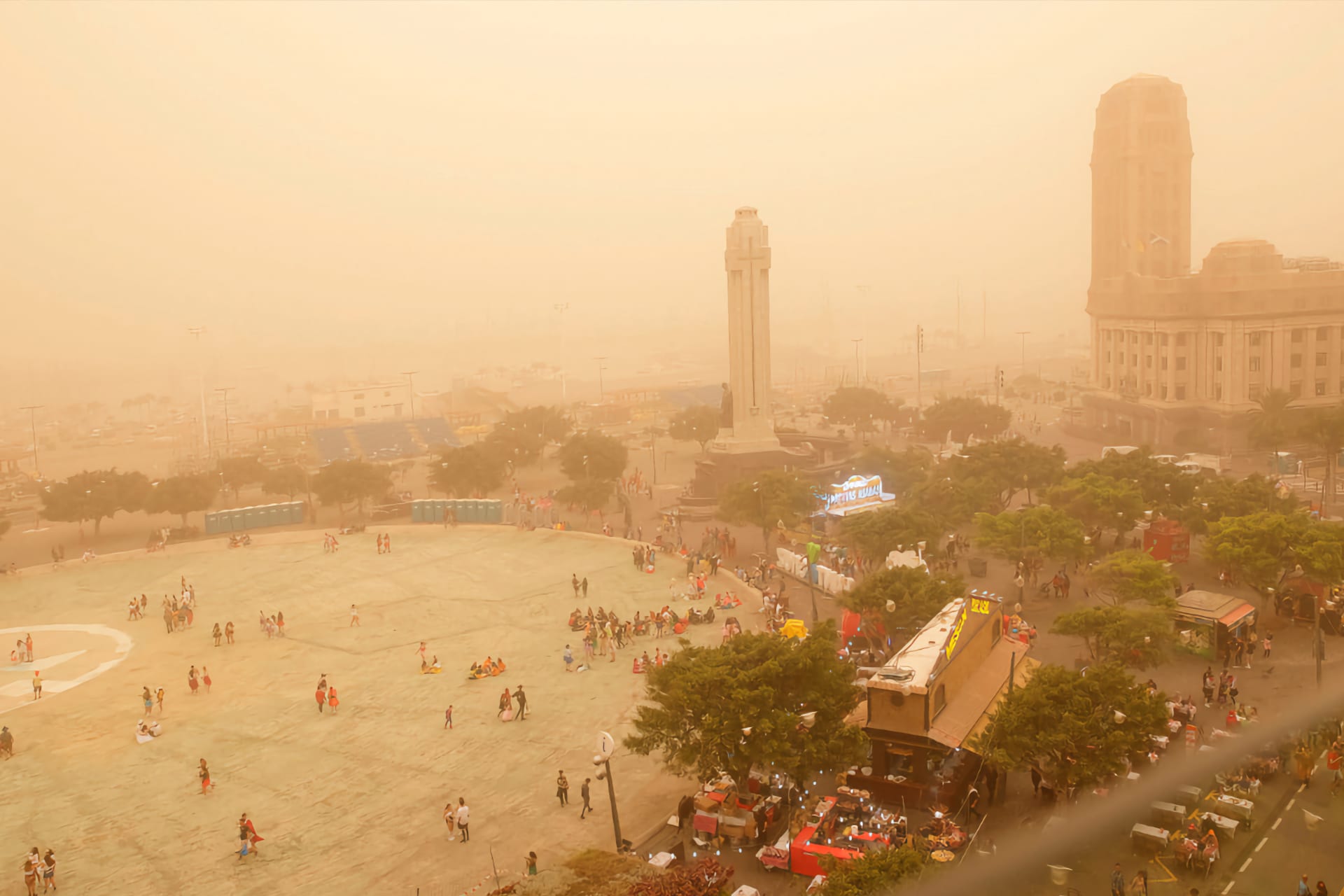The Canary Islands, an archipelago located off the northwest coast of Africa, are well known for their breathtaking landscapes, unique flora and fauna, and stunning beaches. Tenerife, the largest of the islands, attracts millions of visitors each year seeking sunshine and relaxation. However, the island occasionally experiences a fascinating natural phenomenon known as the Calima, a Saharan wind that brings dust and sand from the African continent, giving the sky a distinctive hazy appearance. In this article, we will delve into the nature of the Calima, its effects on Tenerife, and how locals and visitors can prepare for and adapt to this remarkable event.

Table of Contents
What is the Calima?
The Calima is a weather phenomenon characterized by the transport of dust and sand from the Sahara Desert across the Atlantic Ocean to the Canary Islands, including Tenerife. The Calima is triggered by the east-southeast trade winds, which push the dust and sand from the Sahara high into the atmosphere. The result is a hazy, dusty sky that can last for a few hours or even several days.
Effects of the Calima on Tenerife
- Air quality: The most noticeable effect of the Calima is a decrease in air quality. The dust and sand particles in the air can cause respiratory problems for sensitive individuals, particularly those with asthma or other pre-existing respiratory conditions. It is essential for these individuals to stay indoors, use air purifiers, and keep windows closed during a Calima event.
- Visibility: The Calima can significantly reduce visibility, making it difficult to see long distances or appreciate the usually stunning views of Tenerife's landscapes. This can affect outdoor activities such as hiking, sightseeing, and even driving.
- Temperature: The Calima can cause a noticeable increase in temperature, as the dust and sand particles in the air absorb and retain heat. This can lead to a more humid and uncomfortable atmosphere, particularly during the summer months.
- Flora and fauna: The influx of Saharan dust can have both positive and negative effects on the island's ecosystems. While the dust can provide essential nutrients to the soil, an excessive amount can also harm certain plant species and disturb the habitats of native animals.
How to Prepare for the Calima
While the Calima is not a frequent occurrence, it is essential to be prepared and informed when it does happen. Here are some tips for locals and visitors to adapt to the Calima:
- Stay informed: Keep an eye on local weather forecasts and news updates to be aware of any potential Calima events.
- Limit outdoor activities: If you have respiratory issues or allergies, it's best to stay indoors during a Calima event. Even if you don't have such conditions, consider limiting outdoor activities to protect yourself from potential respiratory irritants.
- Protect your eyes: The dust and sand particles in the air can cause eye irritation. Wear sunglasses or goggles to protect your eyes from the dust.
- Stay hydrated: Increased temperatures during a Calima event can lead to dehydration. Be sure to drink plenty of water and avoid excessive caffeine and alcohol consumption.

Conclusion
The Calima is a unique and fascinating natural phenomenon that showcases the close connection between the Canary Islands and the African continent. While it can cause some disruptions and discomfort, being informed and prepared can help minimize the impact of this event on your Tenerife experience.